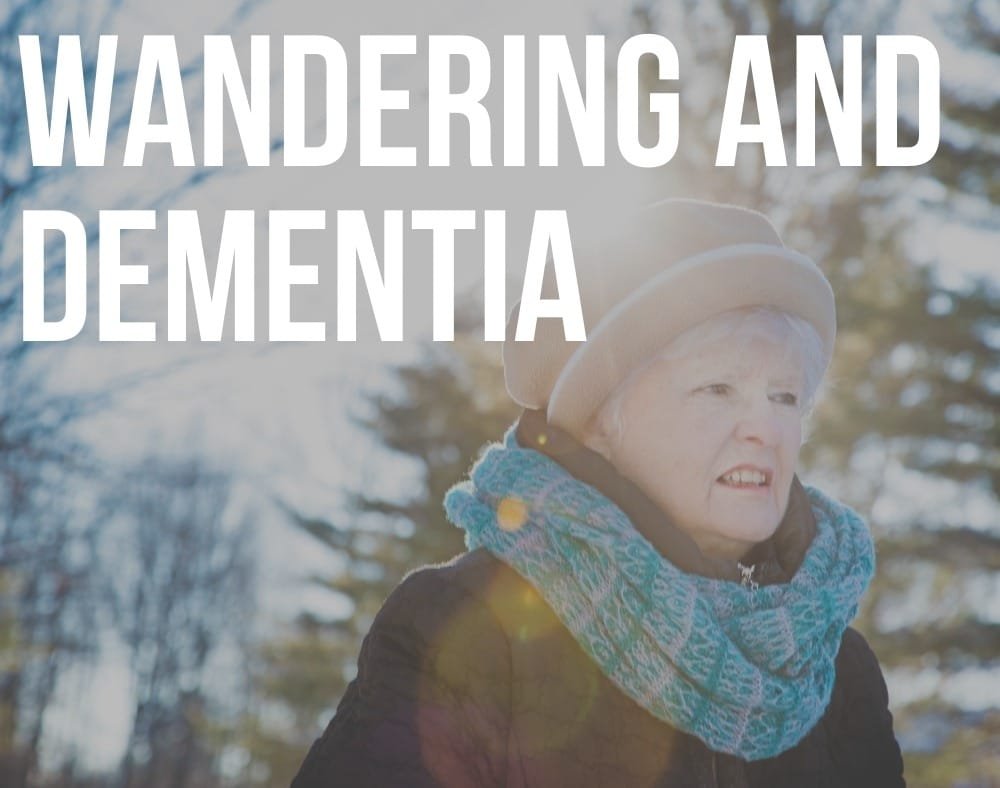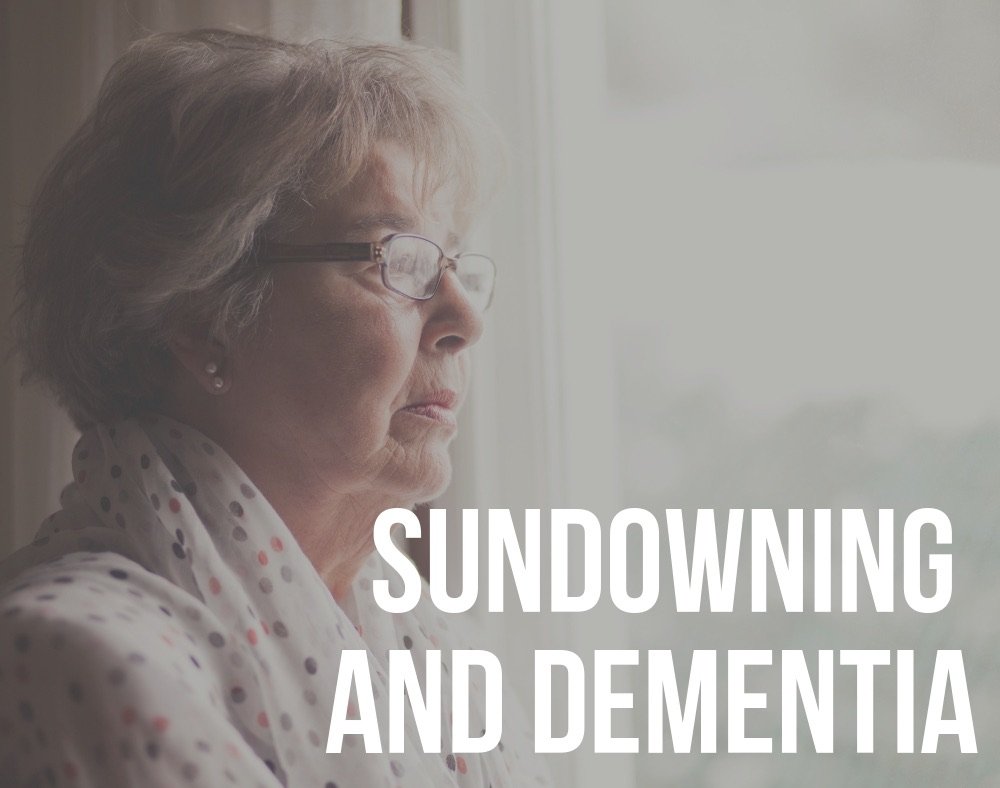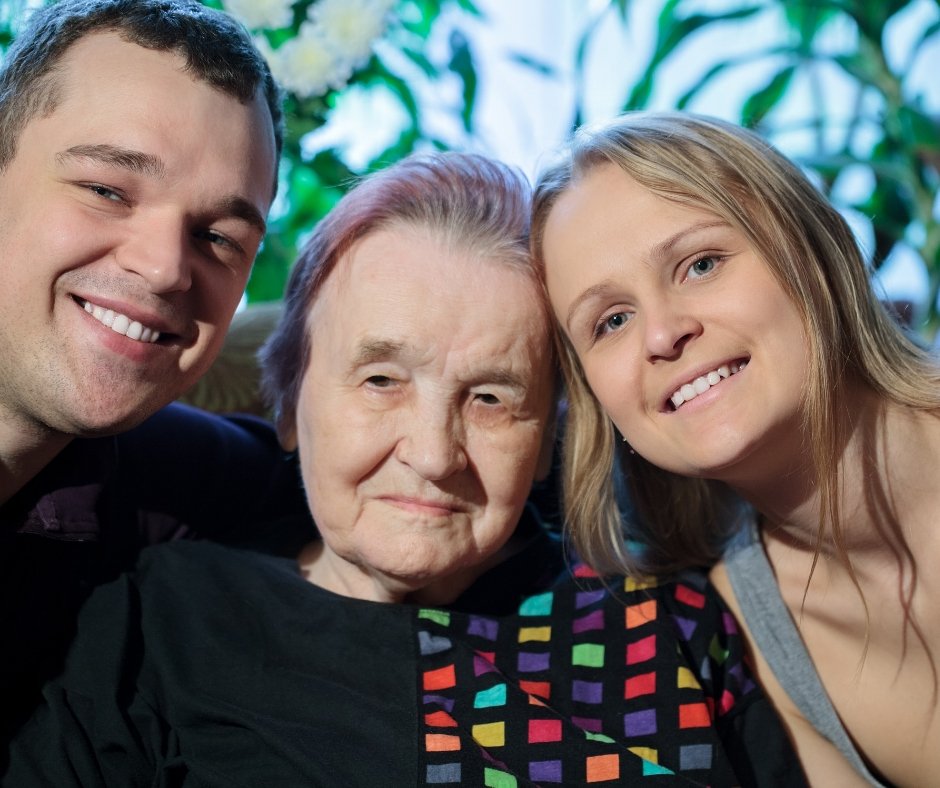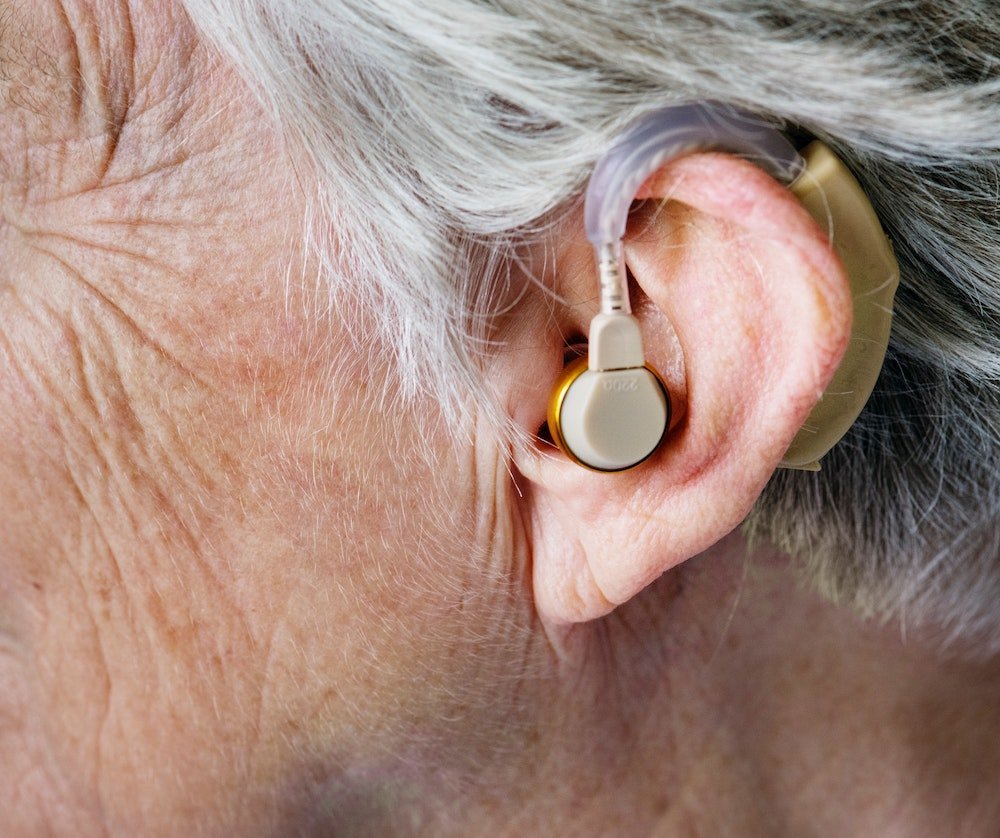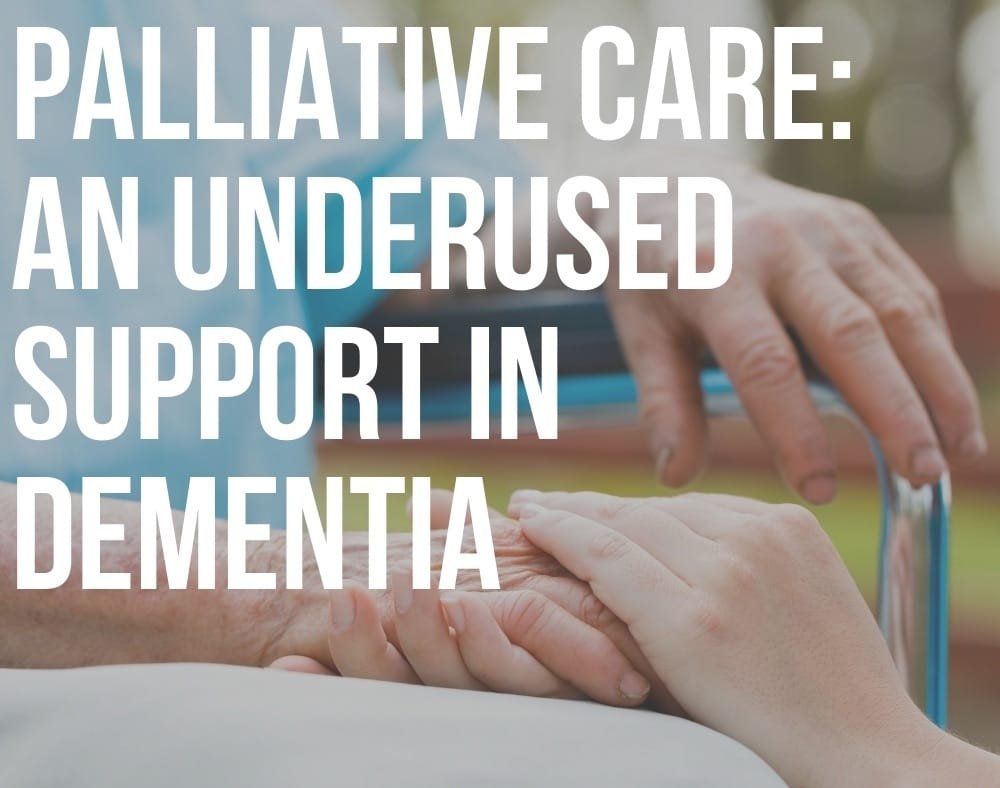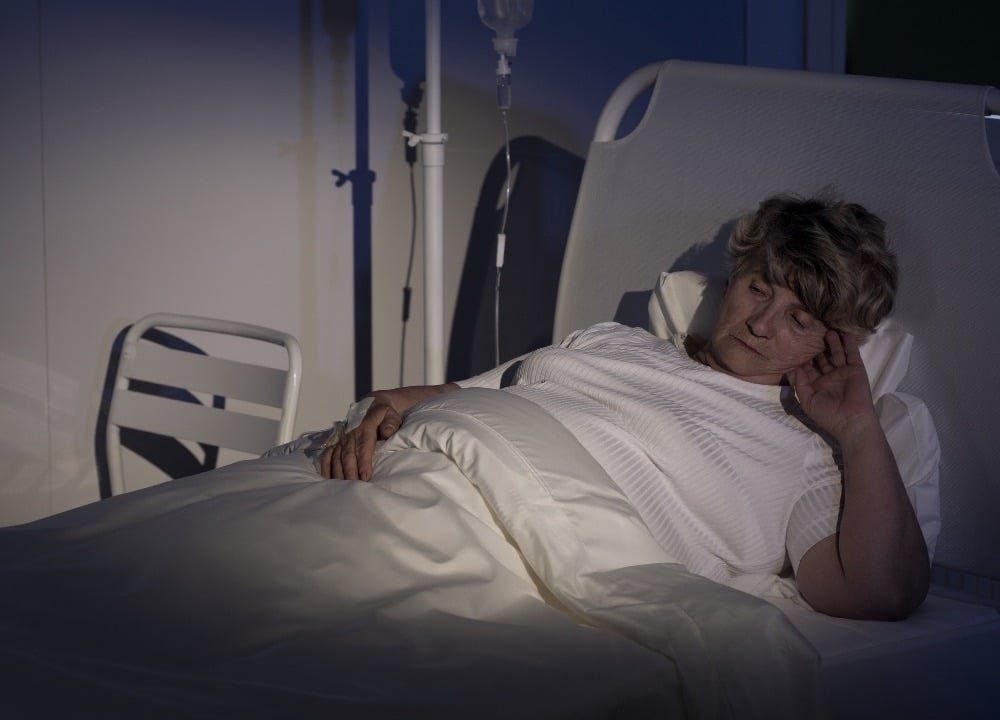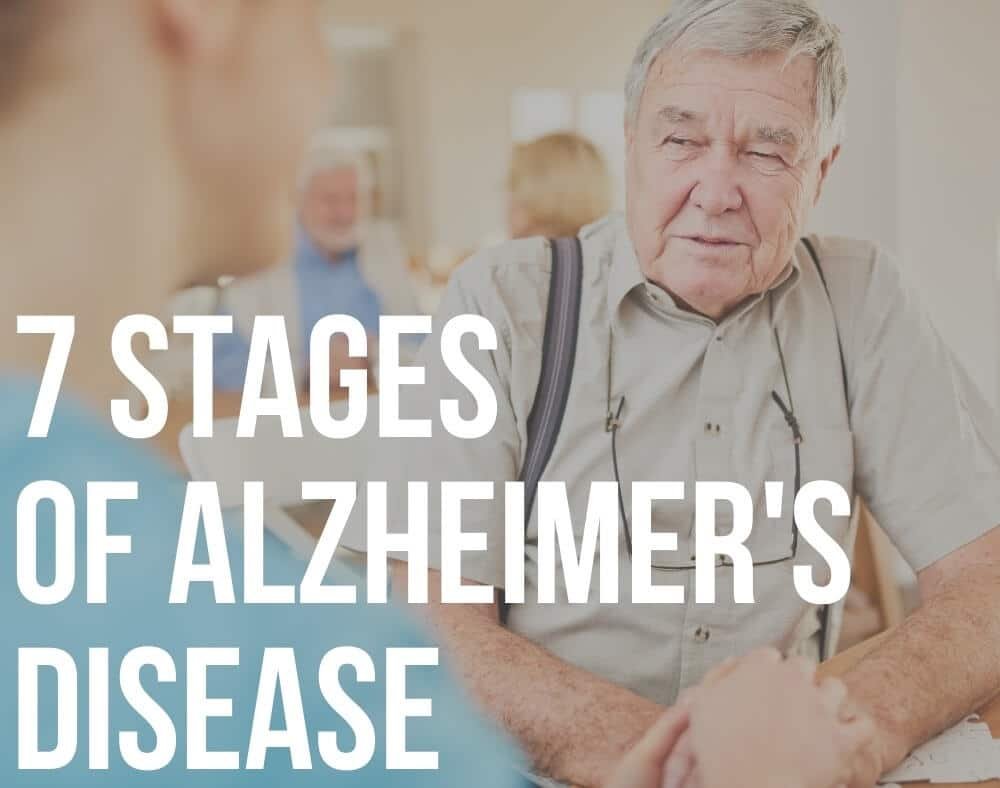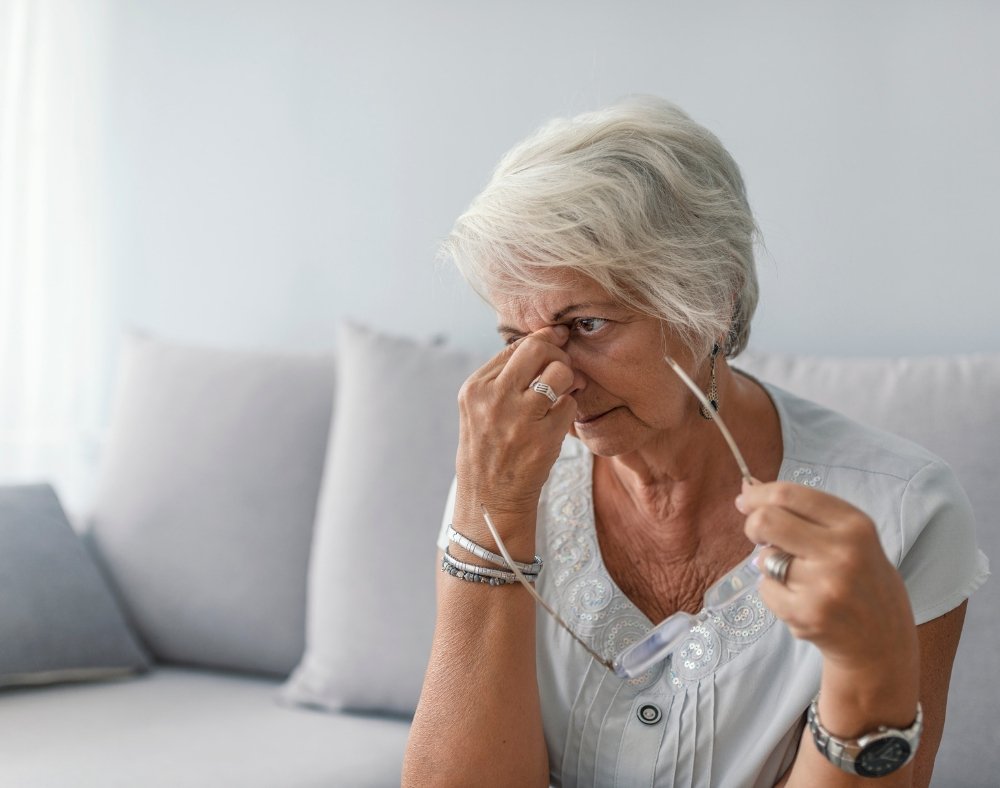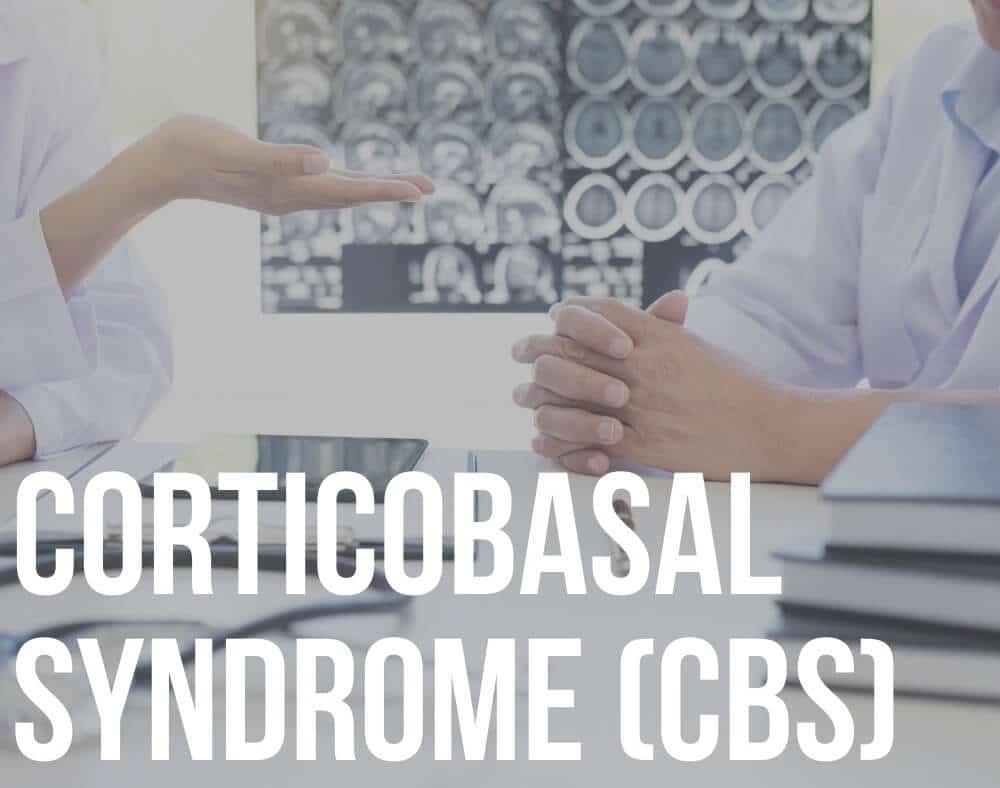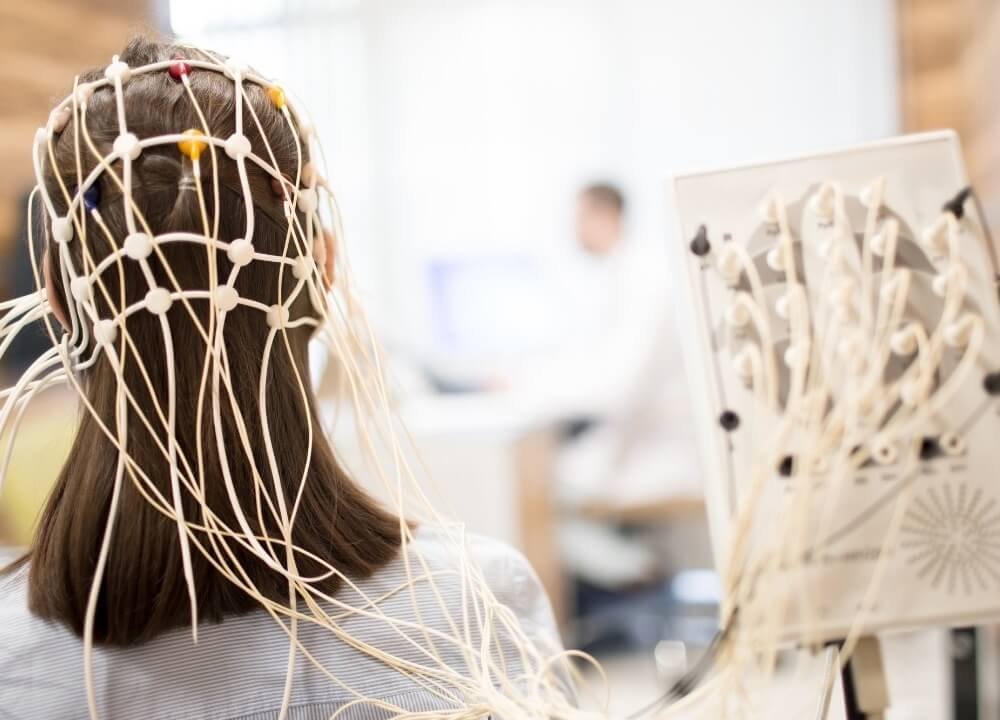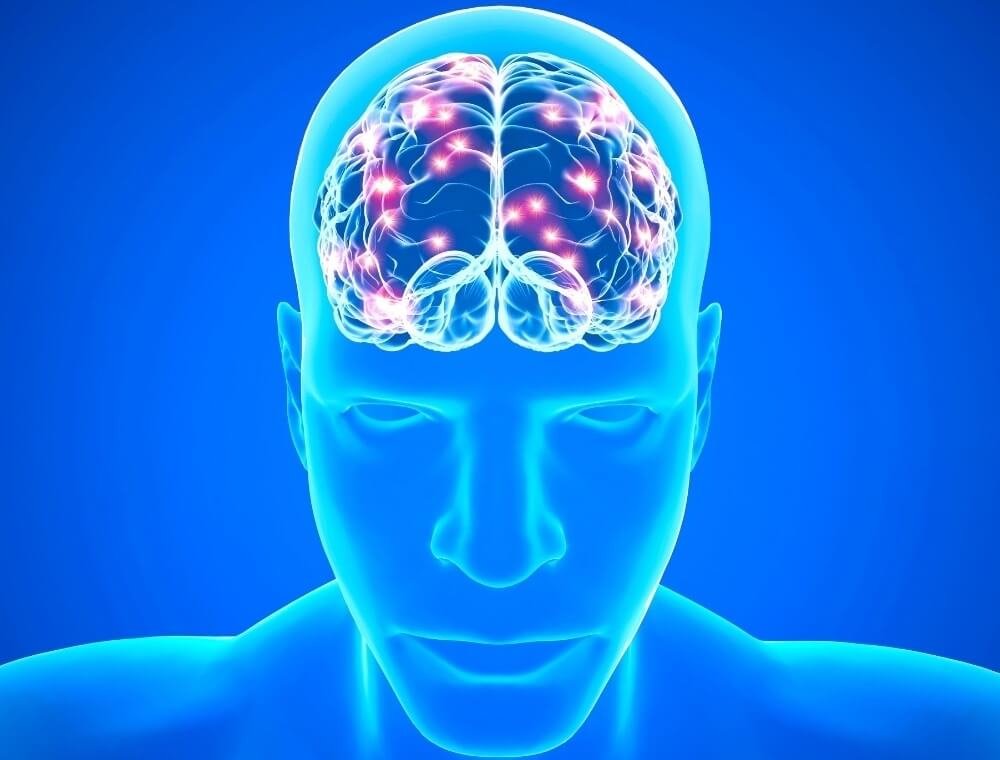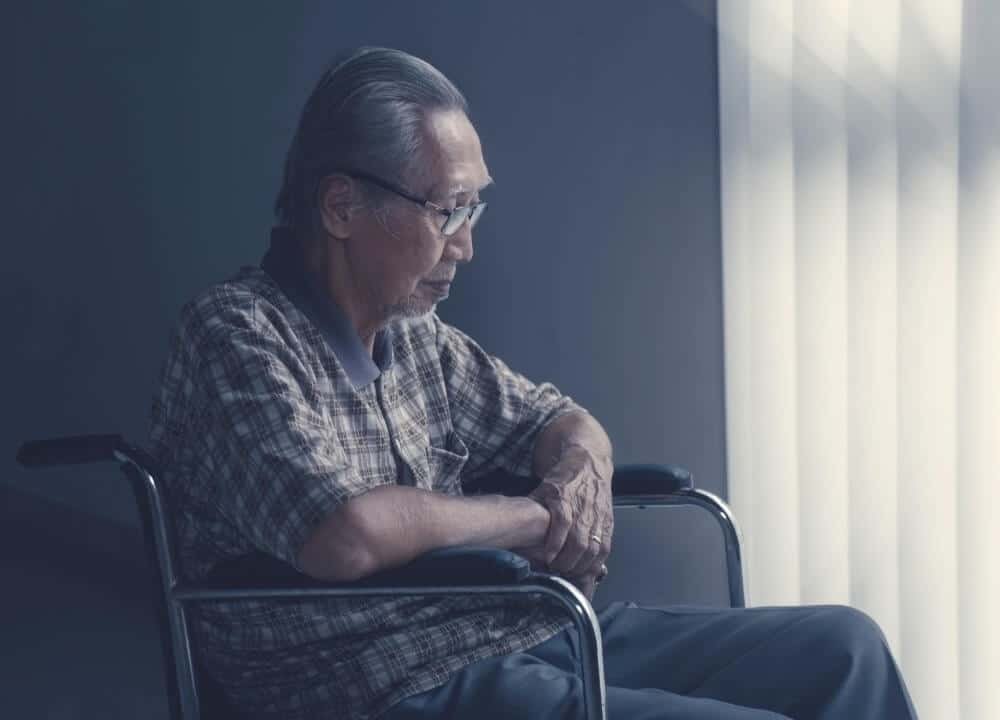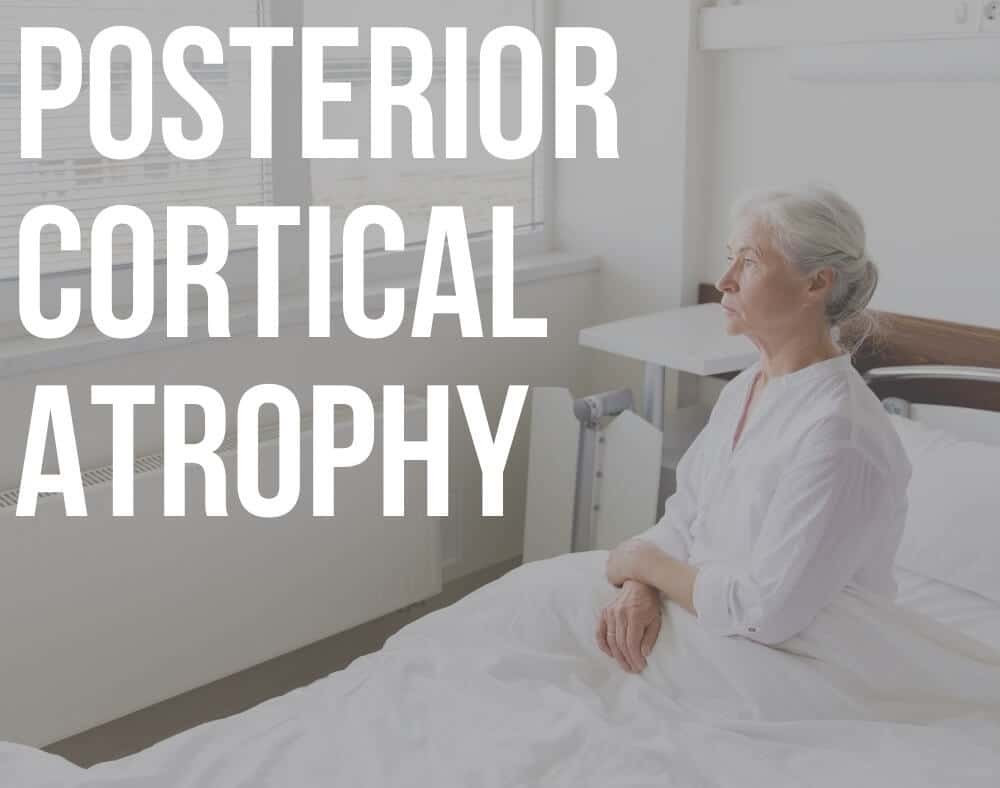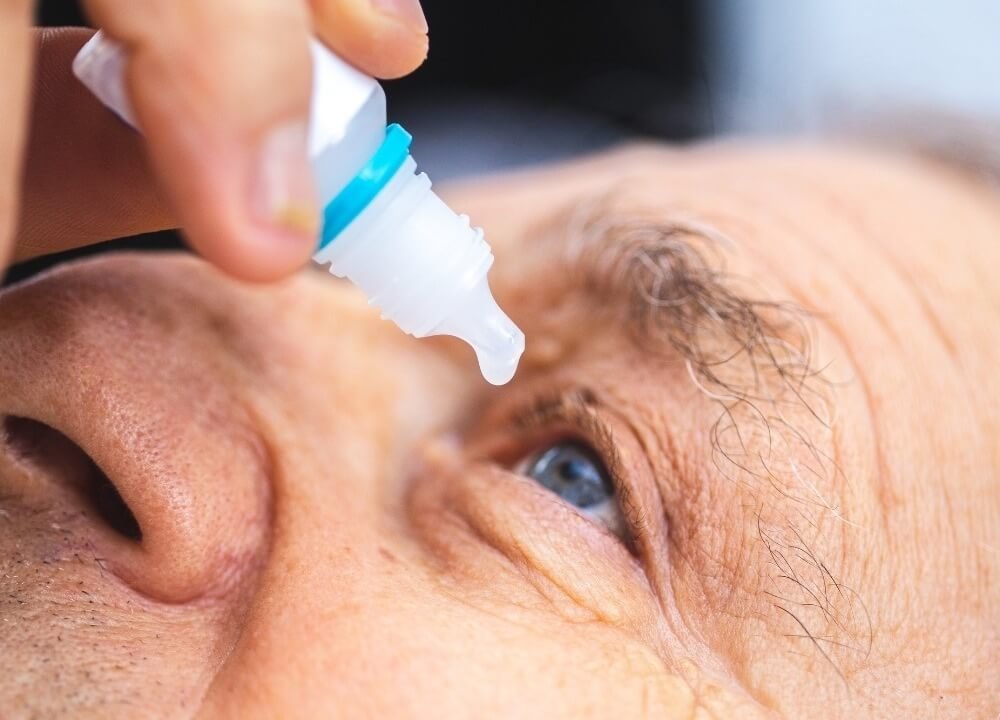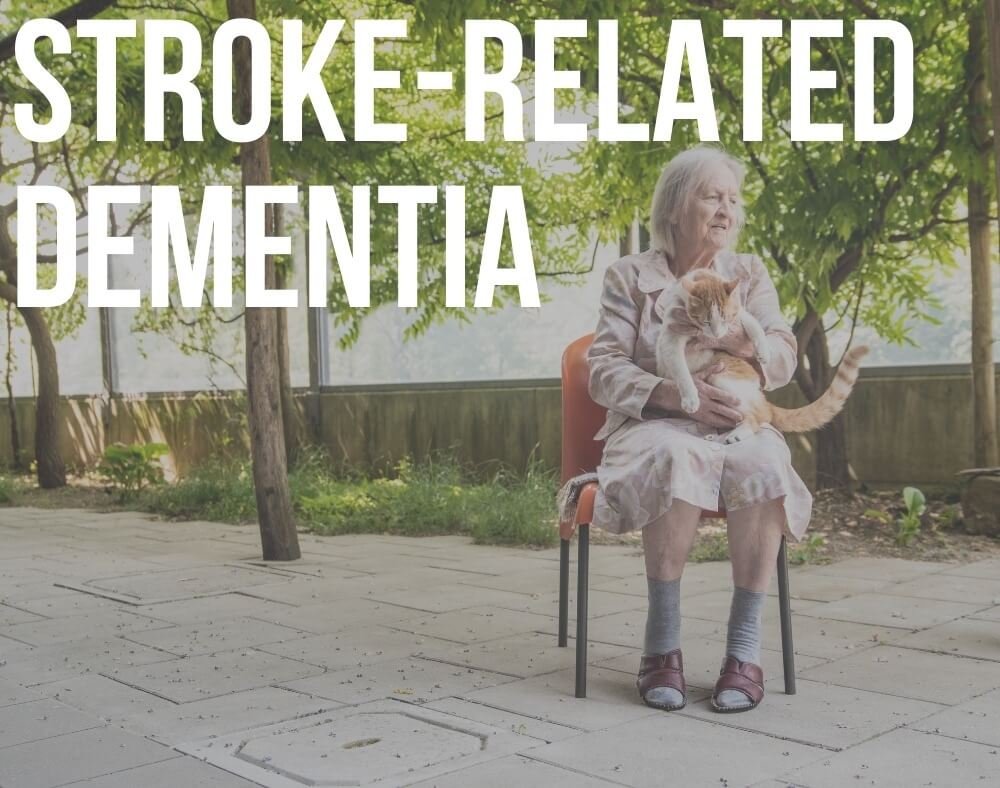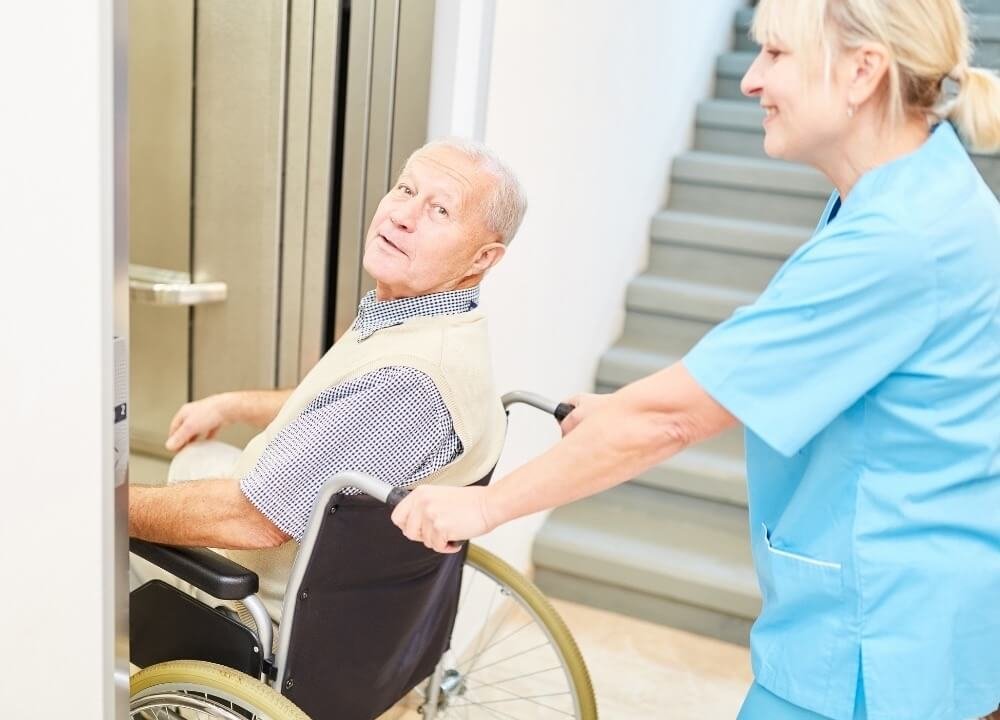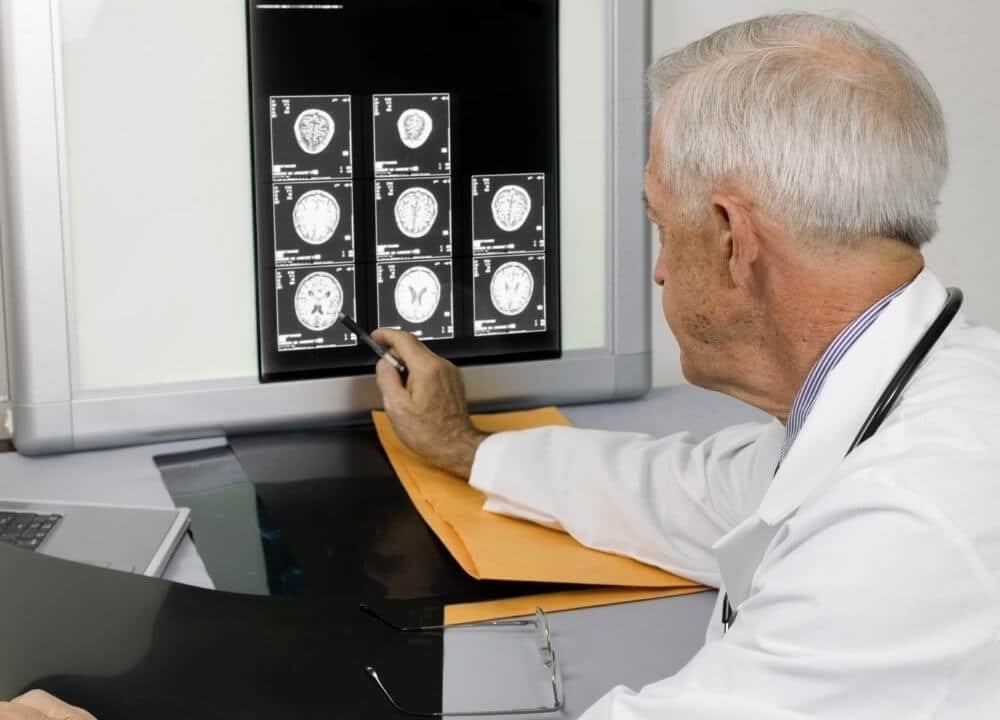Many people with dementia may at one time have to deal with wandering and dementia.
The Alzheimer’s Association reports that 6 in 10 people who have dementia will wander. This normally happens in the early stages of the illness.
Studies also show that the risk of wandering is usually higher for men than women.
Read on to find out more details about wandering including symptoms, causes, management & prevention strategies, caregiver goals, and planning for emergencies.
Warning Signs for Wandering in Dementia

There are several symptoms loved ones or caregivers can look out for to know if a person with dementia is at risk of wandering and some of them include:
- Forgetting how to get to familiar places
- Taking longer periods to get back home from regular drives or walks
- Wanting or trying to “go home” even when a person is at home already
- Talking about fulfilling former obligations like going to the office
- Pacing, making repetitive movements, or being restless often
- Asking about the whereabouts of past relatives or friends
- Having a hard time accessing familiar places in the house like the dining room, bathroom, or bedroom
- Acting anxious or nervous in public places with crowds such as restaurants or malls
- Acting as if a person is engaging in a chore or hobby but they are not getting anything done. For instance, a person may be in the kitchen with a pot but they are not cooking anything
Reasons People with Dementia May Wander
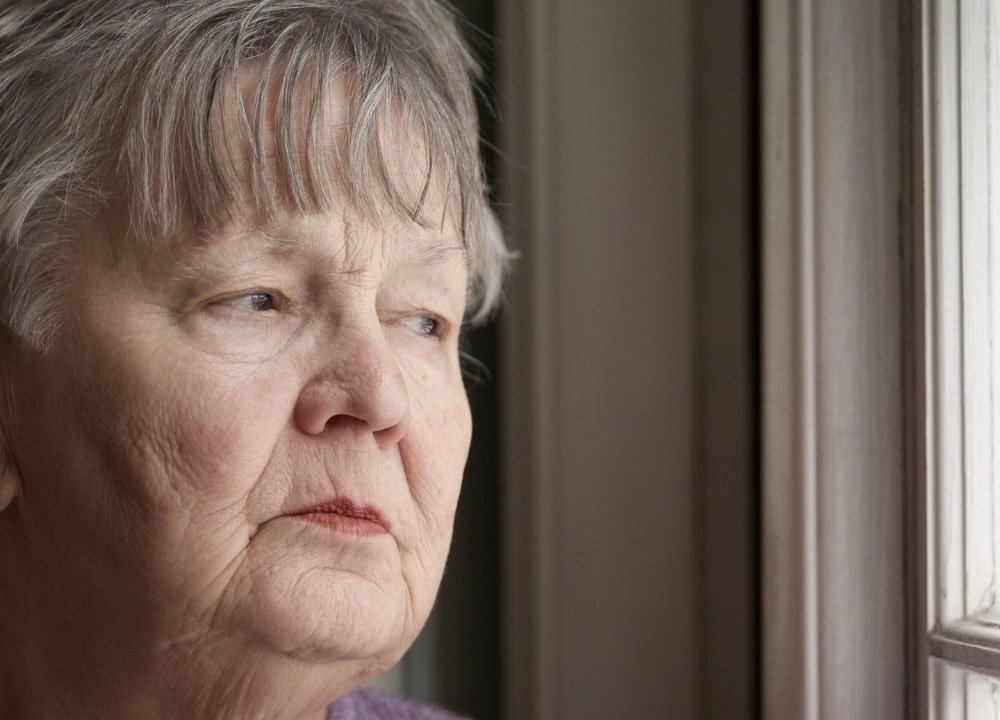
The exact causes of wandering are not yet fully understood.
However, there are certain triggers associated with wandering and dementia and some of them include but are not limited to:
Fear or Stress
Individuals with dementia may start to wander as a reaction to feeling nervous in their current environment.
New Environments
People with dementia may feel disoriented or uncertain when they have to adapt to a changed environment like a new home or care center.
Many people may also want to escape from busy or noisy spaces. Wandering may stop once a person gets used to the chances.
Unmet Basic Needs
A person may wander off as they go looking for water, food, or the bathroom. Some people may also want to explore the outdoors and forget the way back home.
Loss of Short-Term Memory
Wandering may be caused by loss of memory. An individual may set off to go visit a friend or go to the shops and then forget where they are going or why.
A person may also forget that their loved one was going out and set off to look for them.
Searching
Affected individuals may get lost while looking for something or someone like a long-lost friend.
Excessive Energy
An individual may also start wandering as a way of using excess energy, which is one of the reasons why patients with dementia walk so much. It may be an indication that the individual needs to exercise more.
Visual-Spatial Issues
Individuals with dementia may get lost even in familiar places because the illness affects the areas of the brain that are responsible for navigation and guidance, even vision.
Expressing Boredom and Loneliness
People with dementia find it more challenging to concentrate on one thing as the illness progresses. Wandering can be one of the ways they keep occupied.
Following Past Routines
Some people will wander off as they try to go back to their former workplaces or grocery stores.
Devices to assist caregivers with monitoring wandering
Strategies for Preventing and Managing Wandering

While chances of wandering are pretty high, there are various prevention and management tips that caregivers can use to help reduce the chances such as:
Visiting a Doctor
When a person with dementia starts to wander, it is advisable to consult a doctor who will conduct a physical check-up.
This helps to identify whether discomfort, pain, or an existing illness is triggering wandering. It may help to discuss any side-effects of medication that the person is taking.
It is best to avoid medication that increases confusion or causes drowsiness and incontinence
Creating Daily Routines
When looking after a person who is battling both wandering and dementia, it is advisable to create a routine the person with the illness follows every day.
This helps to offer structure so that the affected individual is “busy” all day lowering the chances of wandering. Where possible, identify the times of the day or night where the individual is most likely to wander.
This is the best time to plan fun activities or appropriate exercise for the person. It can help reduce agitation, restlessness, and anxiety.
Offer Reassurance
If a person with dementia is feeling abandoned, disoriented, or lost; caregivers should communicate in a reassuring manner.
Focus mostly on validation and exploration. For example, if a person insists that they need to go “home” or to “work” caregivers can tell them something like “It is okay, we will be staying here tonight where we will be safe and can go home or to work in the morning.”
Do not try and correct the person because it can lead to more confusion and agitation.
Meet Basic Needs
Some people with dementia will wander because their basic needs have not been fulfilled. It is; therefore, the responsibility of carers to ensure they meet all their basic needs on time.
This includes making sure they eat well, hydrate, and go to the bathroom when need be.
Avoid Busy Places
This can be anywhere from grocery stores, shopping malls, and other busy avenues. These places can be confusing causing disorientation.
Remove Access to Car Keys
If the person is no longer driving; ensure that car keys are not in sight. This is because persons with dementia do not only wander on foot.
It is easy for individuals to forget that they can no longer drive. If a person can safely drive, it may be best to use a GPS device so that if they get lost, they can be found easily.
Additionally, it is also advisable to keep shoes, hats, coats, and other items that are associated with leaving home out of sight.
Offer Supervision
When taking care of a person with dementia, keep an eye on them especially when visiting new environments so that they do not get lost.
Do not lock the affected individual in a car or house alone.
Beef up Security
There are several options to explore when it comes to this.
For instance, installing door locks that are either high or low so that they are out of the line of sight and not easily accessible by individuals with the illness.
Camouflaging doors by placing removable curtains over doors or painting them a color that matches the surrounding walls can also help.
Investing in devices that signal when windows or doors open can also be helpful. This can be a sophisticated electronic home alarm system or a simple bell placed above the door and window.
This alerts caregivers when people with dementia are attempting to leave the house.
Identification Card
It is also important for the person with dementia to have an identification card on them at all times.
Additionally, they can also wear medical bracelets, or put on clothes that have labels with their information.
Planning For Emergencies

When it comes to looking after a person experiencing wandering and dementia, it is important to have a plan in place for emergency situations.
This is because wandering can pose various safety issues particularly in very cold or hot temperatures. Some of the plans that can be put in place include:
- Having a list of people to contact for help- Store phone numbers where they are easily accessible.
- Request neighbors, family, and friends to call if they see the person with dementia staying alone.
- Take close-up photos of affected individuals regularly and have updated medical information that can be given to the police.
- Create a List of Places an Individual may Wander- These can include places such as former homes, past job locations, former schools, favorite restaurants, and places of worship.
- Study the Neighbourhood Well- this helps to note down potentially dangerous spots near the house such as open stairwells, water bodies, tunnels, dense foliage, bus stops, and roads with heavy traffic.
- To be on the safe side, it is best to consider enrolling an individual with a wandering response service.
If a person happens to wander try and stay calm as you begin the start the search and rescue efforts as soon as possible.
In most cases, persons who wander are usually found within one and a half miles of where they disappeared. If the person is not found within the fifteen minutes, file a missing person’s report by immediately calling 911.
Do not forget to let the authorities know that the individual has dementia.
Wandering and Dementia Caregiver Goals
When responding to wandering from persons who have dementia, care goals can be categorized into:
1. Encouraging, maintaining, and supporting choice and mobility enabling the person to move around independently and safely.
2. Assessing and managing the causes of wandering paying close attention to meeting basic needs.
3. Prevent unsafe wandering.
There is still limited research when it comes to wandering and dementia.
However, caregivers can still respond to the new development appropriately to ensure the person with dementia remains safe and happy.

